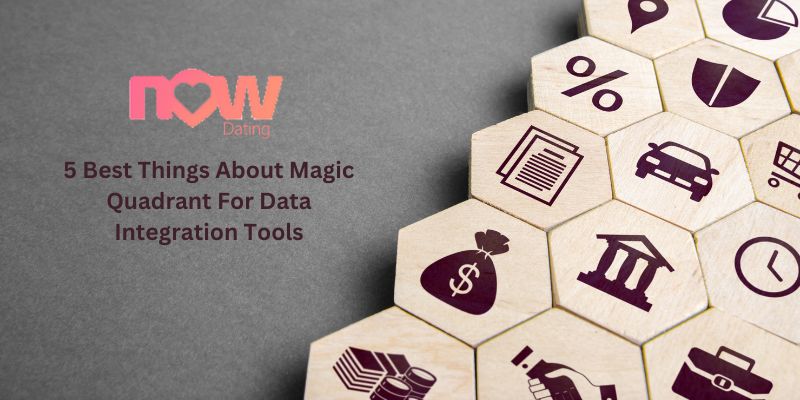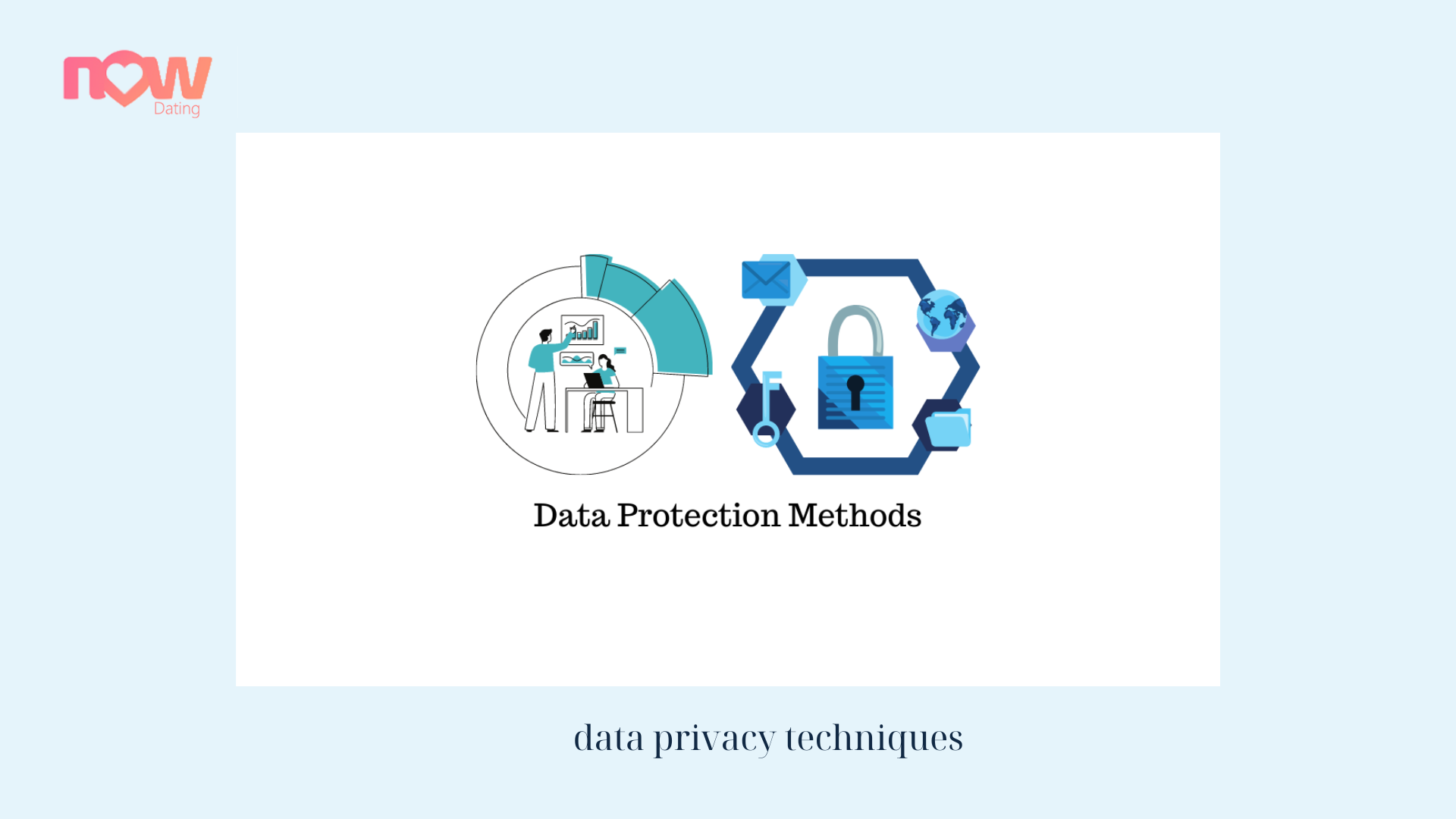Understanding Azure Data Governance: What You Need to Know

Implementing strong data governance standards has become more crucial as businesses continue to rely on data to power their operations. Microsoft’s cloud computing platform Azure provides a number of features and capabilities to assist companies in managing their data governance requirements. We’ll provide you an overview of Azure data governance in this article, along with the information you need to make sure your company is successfully managing its data.
What is Azure Data Governance?

Data collection, storage, management, and use inside an organization’s Azure environment are all governed by a set of policies, procedures, and controls, together referred to as Azure Data Governance. It offers a framework for managing data across various Azure services, including Azure SQL Database, Azure Data Factory, and Azure Data Lake Storage. Azure Data Governance seeks to guarantee that data is safe, legal, and available to those that require it.
Why is Azure Data Governance Important?
Any company that wishes to safeguard the security and privacy of its data must implement strong data governance practices. Data breaches, legal issues, and reputational harm can result from improper data management. Azure Data Governance makes guarantee that data is used securely and responsibly and aids businesses in complying with industry laws like GDPR and HIPAA.
Key Components of Azure Data Governance
Businesses need to be aware of the following Azure Data Governance essentials:
Data Classification: Azure provides a variety of tools to assist organizations categorize their data according to its value and sensitivity. This makes sure that data is handled properly and protected according to its sensitivity level.
Data Security – Azure offers a variety of security controls, encryption, and threat detection tools to help secure data.
Data Management – Azure offers a suite of tools for managing data, such as Azure Data Factory and Azure Data Catalog, which enable businesses to move, process, and manage their data.
Compliance – Azure provides tools to help businesses achieve compliance with industry regulations and standards, such as GDPR, HIPAA, and ISO 27001.

Data Privacy – Azure enables businesses to manage data privacy by implementing policies and controls to ensure that data is being collected and used in a way that complies with regulations and protects individual privacy.
Benefits of Azure Data Governance
Implementing Azure Data Governance can provide several benefits for businesses, including:
Improved Data Security – Azure provides robust security measures to help protect data from threats, such as unauthorized access or data breaches.
Compliance – Azure Data Governance helps businesses achieve compliance with industry regulations and standards, reducing the risk of fines and penalties.
Improved Data Quality – By implementing data governance practices, businesses can improve the quality of their data, ensuring that it is accurate and reliable.
Increased Efficiency – Azure provides tools to help businesses manage and process their data more efficiently, reducing the time and resources required to manage data.
Best Practices for Azure Data Governance
Azure Data Governance is an essential aspect of data management in the cloud. With the increasing amount of data that businesses generate, store, and analyze, it is important to have a robust data governance strategy in place to ensure that data is managed securely and in compliance with regulations. Here are some best practices for Azure Data Governance that businesses should consider:
Define Data Governance Policies: Data governance policies should be established to define the guidelines, rules, and standards for managing data. These policies should be aligned with the business objectives, regulatory requirements, and industry best practices.
Implement Access Controls: Access controls should be implemented to restrict data access to authorized personnel only. This includes role-based access controls, multi-factor authentication, and data encryption.
Establish Data Classification: Data classification is the process of categorizing data based on its sensitivity level. This helps to ensure that data is protected appropriately based on its level of sensitivity.
Data Quality Management: Data quality management should be implemented to ensure that data is accurate, complete, and consistent. This includes implementing data validation rules, data profiling, and data cleansing.
Data Lineage: Data lineage enables businesses to track the origin, movement, and transformation of data. This is important for regulatory compliance, data auditing, and data analytics.

Data Retention and Disposal: Data retention policies should be established to determine how long data should be kept and when it should be disposed of. This helps to ensure compliance with regulatory requirements and reduce the risk of data breaches.
Continuous Monitoring: Continuous monitoring of data access and usage helps to identify and address any security threats or data breaches in a timely manner.
Data Governance Training: Employees should be trained on data governance policies and procedures to ensure that they are aware of their responsibilities and understand the importance of data security.
Conclusion
Effective data governance is essential for any business that wants to ensure the security, privacy, and reliability of their data. Azure Data Governance provides a comprehensive set of tools and features to help businesses manage their data governance needs, from data classification to compliance and privacy. By understanding Azure Data Governance and implementing best practices, businesses can ensure that their data is being managed in a secure and responsible manner, reducing the risk of data breaches and other security incidents.
Conclusion: So above is the Understanding Azure Data Governance: What You Need to Know article. Hopefully with this article you can help you in life, always follow and read our good articles on the website: qule.info





